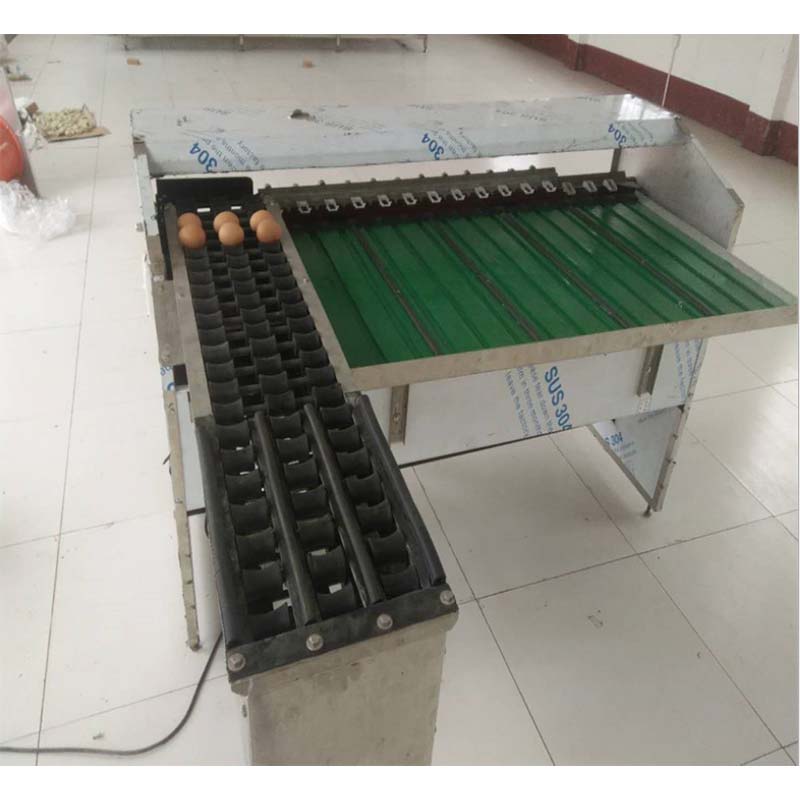Efficient Equipment for Poultry Feed Production and Processing Solutions for Optimal Livestock Nutrition
Aug . 06, 2024 06:56 Back to list
Efficient Equipment for Poultry Feed Production and Processing Solutions for Optimal Livestock Nutrition
Understanding Poultry Feed Processing Machines
Poultry farming has seen significant advancements in recent years, primarily driven by the need for efficiency and productivity in feed production. Central to this advancement is the development and utilization of poultry feed processing machines. These machines play a crucial role in transforming raw feed ingredients into high-quality pellets that meet the nutritional needs of various poultry species, including chickens, ducks, turkeys, and quail.
The Importance of Feed Quality
The quality of poultry feed directly affects the growth, health, and productivity of birds. Properly processed feed ensures that the poultry receives balanced nutrition, which is vital for optimal weight gain, egg production, and overall well-being. Therefore, investing in effective feed processing technology is essential for poultry farmers aiming to enhance their production output and maintain the health of their livestock.
Types of Poultry Feed Processing Machines
Poultry feed processing involves several stages, each requiring specific types of machinery
. Key machines in the processing line include1. Feed Mixers Feed mixers are used to blend various raw materials, including grains, vitamins, minerals, and other additives. This ensures a homogeneous mixture, promoting balanced nutrition in the feed pellets. Efficiency in mixing translates to reduced stratification and improved feed quality.
2. Hammer Mills These machines are essential for grinding raw ingredients into a fine powder. The grinding process increases the surface area of the materials, making it easier for them to be mixed and subsequently digested by the birds. Hammer mills ensure uniform particle size, which is crucial for consistent feed quality.
poultry feed processing machine

3. Pellet Mills The heart of any feed processing setup, pellet mills compress the mixed ingredients into pellets. The process entails applying heat and pressure to bind the materials, resulting in dense, digestible feed that minimizes waste during consumption. The size and shape of the pellets can be customized based on the specific requirements of different poultry species.
4. Coolers Once pellets have been formed, they need to be cooled to ensure stability and longevity. Coolers help reduce the temperature of the pellets, which aids in preventing mold growth and maintaining quality during storage.
5. Packaging Machines Finally, after processing and cooling, appropriate packaging is essential for storage and distribution. Automated packaging machines streamline this process, ensuring that the feed is securely packaged to maintain freshness and prevent contamination.
Innovations in Feed Processing Technology
The poultry feed industry has embraced technological innovations to enhance the efficiency and effectiveness of processing machines. Automation and digital monitoring systems have made it possible for farmers to oversee production in real-time, enabling them to adjust formulations and processes based on instant feedback. This level of control not only boosts productivity but also allows for rapid adaptation to changing nutritional needs or market demands.
Conclusion
Poultry feed processing machines have become indispensable tools in modern poultry farming. By ensuring the production of high-quality, nutritionally balanced feed, these machines contribute significantly to the health and productivity of poultry. As technology continues to advance, farmers who leverage these innovations can expect improved efficiencies, reduced costs, and enhanced profitability. Ultimately, investing in poultry feed processing machinery is a step towards achieving sustainable and successful poultry farming.
-
Automatic Feeding Line System Pan Feeder Nipple Drinker|Anping County Yize Metal Products Co., Ltd.
NewsJul.30,2025
-
Automatic Feeding Line System - Anping Yize|Pan Feeder,Nipple Drinker
NewsJul.30,2025
-
Automatic Feeding Line System - Anping County Yize Metal Products Co., Ltd.|Pan Feeder, Nipple Drinker
NewsJul.30,2025
-
Automatic Feeding Line System-Poultry Farming|Chicken Feeding&Watering
NewsJul.30,2025
-
Automatic Feeding Line System - Anping County Yize Metal Products Co., Ltd.|Pan Feeder Nipple Drinker,Broiler Farming
NewsJul.30,2025
-
Automatic Feeding Line System Pan Feeder Nipple Drinker-Anping County Yize Metal Products Co., Ltd.
NewsJul.30,2025






